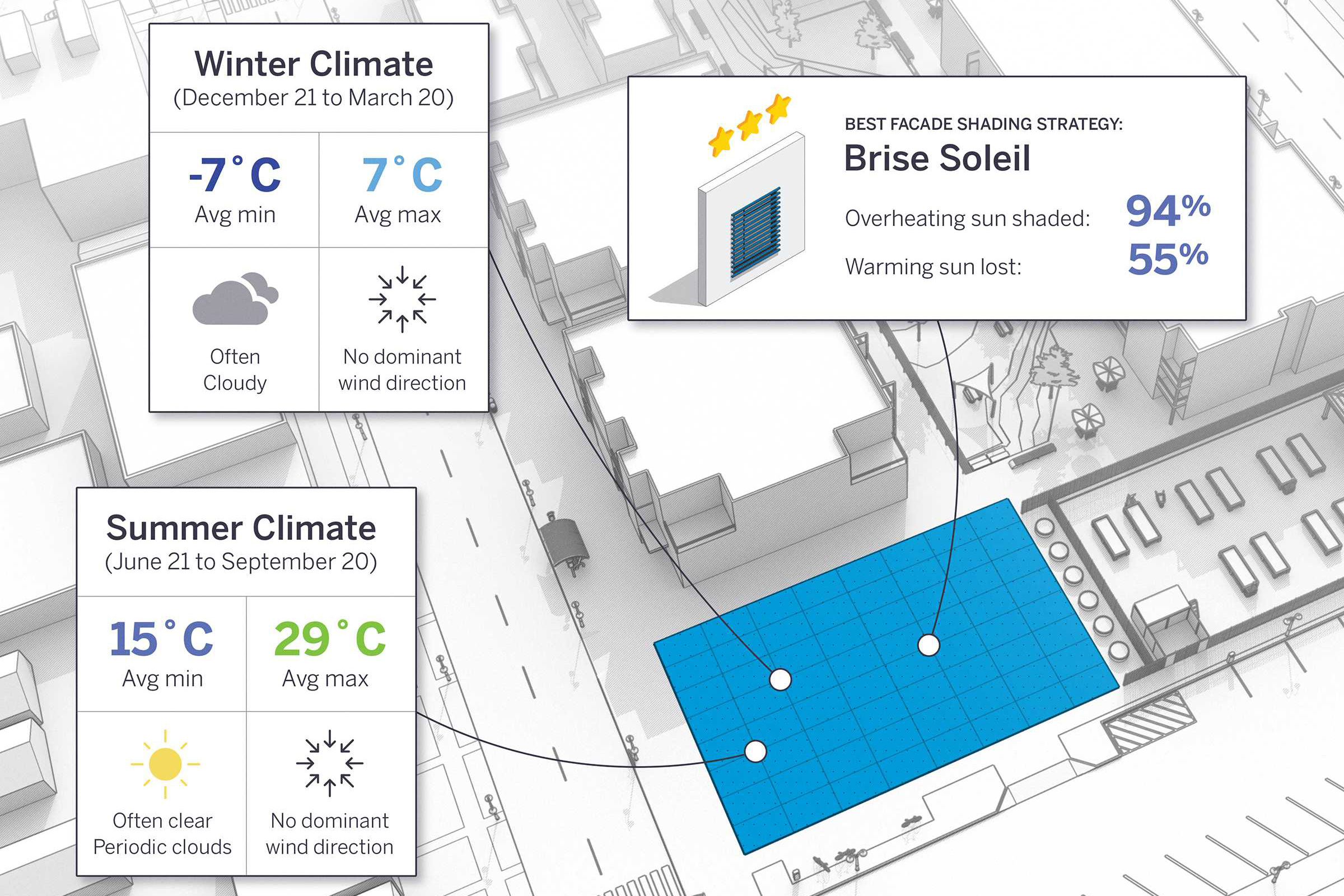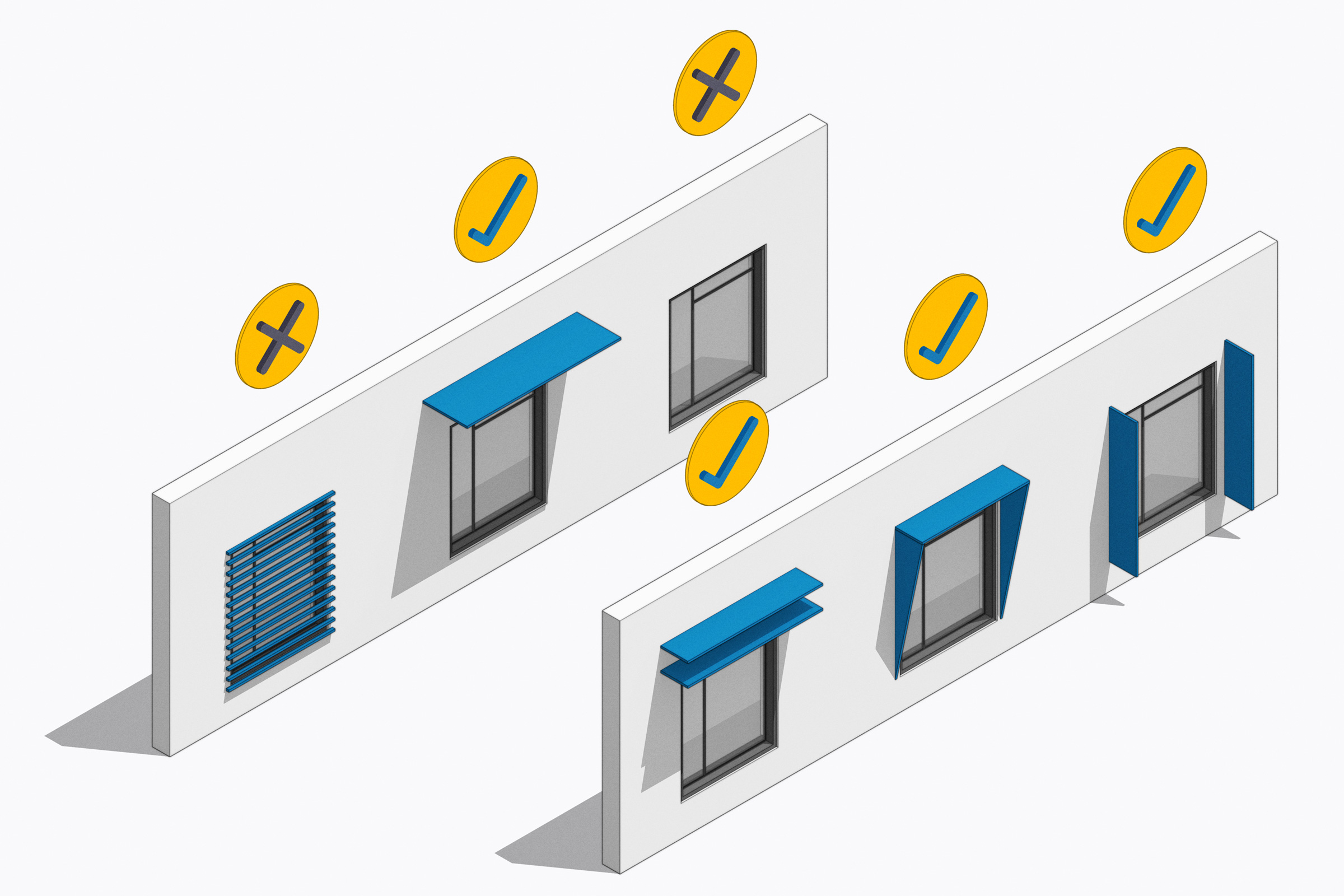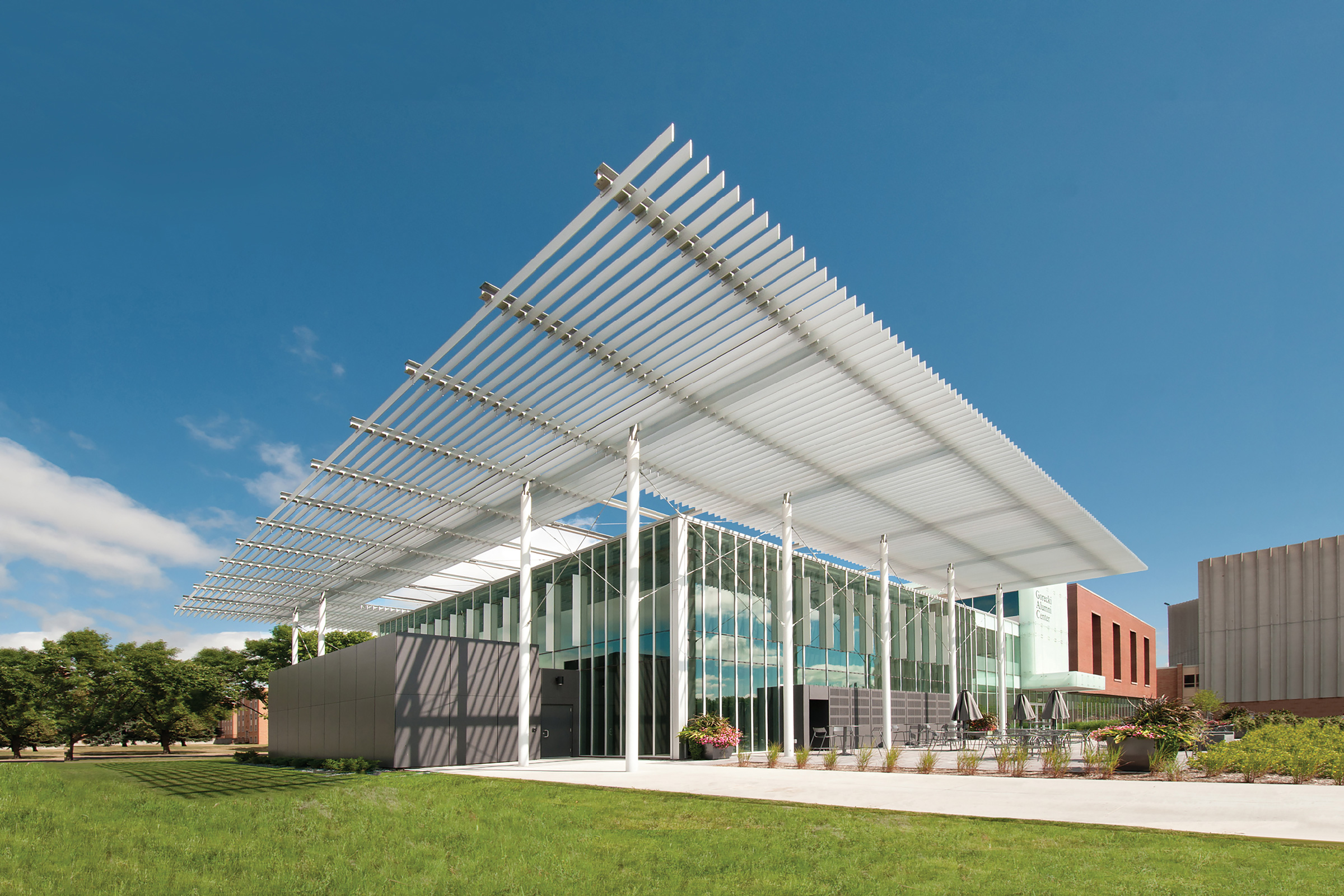Story at a glance:
- Architects should consider where materials come from during the conceptual phase of design.
- Today’s architects increasingly must balance time, cost, and quality while designing buildings that are good for the environment.
- Advances in building performance analysis tools allow architects to investigate how a concept will use energy earlier than ever.
When it comes to building performance and sustainability, architects often must make the most important decisions without ample time to fully evaluate them. This is largely because most 3D modeling and analysis tools aren’t well suited for the conceptual design phase when architects and designers should consider how a building sits in its context and material sources. Can evaluating building performance during conceptual design lead to more sustainable buildings?
Each location on the globe has a unique climate to which buildings need to respond and a cultural heritage they need to complement. There’s also the matter of materiality when considering sustainability. Should materials be imported from thousands of miles away, or can locally sourced materials keep embodied carbon to a minimum? These are just a few of the many considerations an architect should think through during the conceptual phase of design.
When key project stakeholders like engineers or sustainability specialists join the conversation after early decisions have been made, due to budget reasons, another layer of complexity is added onto the design process. Although architects often look to engineers for early feedback on performance, most engineering software is not designed for such early-stage analysis. As a result, engineers are often hard-pressed to keep pace with frequent design changes.
Most larger architecture firms have an in-house specialist or team of specialists with unique building performance expertise to mitigate this problem but, like the engineer, they sometimes struggle to provide feedback quickly enough to match the design pace.
Building Performance as a Distinct Criteria of Good Design

Image courtesy of SketchUp
In 2013 I was a little over four years into my career when I transitioned from designing million-pound residential architecture projects in central London to the world of sustainable design. I worked as an architectural associate for a startup created to help democratize the design of sustainable and high-performing buildings.
During the interview process, an in-house engineer asked how my thesis project performed. I was taken aback. I had just excitedly explained how my building program functioned like a well-oiled machine. Did he want me to go into more detail? And although I could, it turns out that he actually meant, “How—in terms of energy, daylight and cost—did my building perform?” It was something I truly couldn’t explain.
In addition to resolving the building function and interpreting my spaces poetically, I had specified some photovoltaics and rainwater collection systems. I described my low-embodied carbon fly-ash reinforced concrete within a construction section. I had been taught to care about sustainability and the impact of my design choices, but I wasn’t compelled to weigh building performance as distinct criteria of good design. Analyzed data was not part of the project brief, and quite honestly, I didn’t have the wildest clue as to how to gather it.
Fast-forward to today and architects increasingly need to balance time, cost, and quality while also designing buildings that are good for the environment. Although important, the ease of accomplishing this type of evaluation early in the design process creates a significant barrier. Often it is left for an engineer to handle after the architect has completed numerous design options, modeled the concept in 3D, and received client approval. One or two weeks later the engineer assesses that the proposed design will require too much energy to operate. The top two issues here? Firstly, at this point, the design is almost fully baked, and the client has become attached to the concept. Secondly, the architect has already invested a significant amount of time and is understandably reluctant to backtrack.
Fortunately, we’ve come a long way since that job interview. Today, advances in building performance analysis tools allow architects to investigate how a concept will use energy earlier than ever. They can answer questions like: “How does this building’s form impact energy use?,” “How much glazing is too much on the south facade?,” and “How much electricity or solar power is needed to run my proposal efficiently?” This includes the ability to evaluate heating and cooling loads, as well as lighting and appliances.
With these tools a designer can assess and optimize their designs to consider energy use and determine a close-to-ideal size for its HVAC system. When the architect begins to work with a mechanical engineer or sustainability specialist later in the process, they’re already headed in the right direction. By integrating performance analysis earlier in the process, a significant amount of re-work is eliminated, the design team increases the chances of meeting building regulations and code requirements, and the project is more likely to achieve more ambitious sustainability goals, such as LEED.
The Benefits of Early-Stage Analysis Tools

Image courtesy of SketchUp
Building materials have a significant impact on both capital and operational costs, as well as overall energy and thermal performance. Using early-stage analysis tools, architects can test and compare material variables for different building elements with incredible speed. By providing insights into the impact of material properties such as glass U-values, roof R-values, insulation and construction type, these tools empower designers to specify the right materials—the best ones for conceptual design only require basic information about the proposal, such as its location, typology, and estimated hours of use.
These tools can also drive sustainability by helping the architect:
- Determine the best orientation. Form and orientation can have a significant impact on energy use because a building’s shape and its related surface-area-to-volume ratio determine how much of its envelope is exposed to the environment. The orientation of this exterior surface area also determines how much solar gain the building receives. These factors can be combined to capture warming sun during cold months, or keep out glare during hotter months.
- Optimize the facade. A building’s facade is the primary interface between its interior and exterior. Facade design has a major impact on energy use, thermal comfort and indoor environmental quality. Glazing is often the weakest link on façades in terms of heat gains and losses through the envelope. However, designing an energy-conscious facade is more than simply finding the right glazing ratio; it’s a matter of finding the best combination of glazing amount, type, and location paired with the right shading strategies.
- Design for natural ventilation. While natural ventilation is an effective strategy for different building types across varying climate regions, architectural decisions need to be made early in the design process to make this strategy viable. Decisions must be made to:
- Even out daytime and nighttime temperatures by evaluating thermal mass.
- Determine airflow strategy, such as cross-ventilation vs. stack ventilation, which can affect floor plate dimensions, the internal layout of the building, interior partitions and the building’s section, depending on the strategy pursued.
- Ensure the operable area is sufficient to achieve the requisite airflow.
- Control heat gains, including solar, conduction loads, and internal gains from lights and appliances.
- Optimize specifications. Components of the building envelope can be optimized to minimize energy use and improve indoor environmental quality. However, recommendations must consider factors such as the building’s form, orientation, shading strategies, and glazing ratios, because more isn’t always better. For instance, you can have windows that are “too good” because they keep out the sun’s heat when it would be beneficial. Understanding how these properties behave in a particular design is critical to identifying the most important places to invest in high-performing materials.
Designing Net Zero Affordable Housing

Image courtesy of SketchUp
Inscape Publico, a nonprofit architecture firm, was commissioned by Mi Casa, a nonprofit organization that provides affordable housing opportunities to low and moderate-income families, to design a net zero affordable housing prototype for six housing units spanning two blocks in Washington, DC.
The firm had to work with the project’s small budget, limited palette of building materials and tight timeline. The designers used SketchUp, a 3D modeling solution, to set the prototype in the right direction and design an outcome that would be appropriate for the client, its budget and the environment.
Using SketchUp’s Sefaira for early-stage building performance analysis, the team optimized the project’s changeable factors. In the end, it demonstrated that the project was on track to achieve net zero energy status.
To achieve its goals, the design team needed to:
- Calculate the baseline building performance based on established building materials
- Minimize energy consumption to achieve net-zero by utilizing high-performance building construction and specifying high-efficiency appliances and systems
- Calculate how much renewable energy would be generated by pre-specified solar photovoltaic panels, to confirm the quantity required to achieve net-zero
- Minimize annual operating costs for the inhabitants by specifying highly efficient water fixtures
The first steps were to set up an analysis model and input the predetermined envelope, HVAC values, and baseline variables such as occupancy, lighting power density, plug load, temperature setpoints and diversity factors. Next, the team investigated potential strategies including:
- Shading type and depth. Using Sefaira’s response curves, an optimum 2.5ft deep horizontal projection was specified over each glazed opening, reducing annual space cooling by 14%.
- Water fixtures. To reduce waste and operating cost, high-efficiency water fixtures were specified, reducing annual operating costs by 37 percent. Less energy was required to heat water and water usage was lower overall.
By specifying high-performance values for shading and water fixtures, the design team ensured that the final annual energy consumption figure would be as low as 21,372kBTU/year for Minnesota Street and 21,073kBTU/year for 27th Street.
Once they optimized the building envelope for performance, the next step was to offset the energy consumed by generating as much energy as possible on site. Predetermined solar PV specifications were input into Sefaira to calculate the expected output and confirm that Net Zero energy consumption was possible. Sefaira results confirmed that two arrays of 18 photovoltaic panels per block would generate 21,473kBTU/year for Minnesota Street and 22,025kBTU/year for 27th Street, thereby ensuring the project would achieve net-zero energy status.
Like Inscape Publico, we should all be able to take great designs from paper to reality as buildings that are beautiful, fit-for-use, high performing, resource-efficient and resilient. As architects and designers, we are well equipped to positively impact the buildings and spaces we live in and the earth we occupy. Understanding a design’s performance and impact on occupants and the world as a whole will not only lead to better project outcomes but also help secure a greener future.


